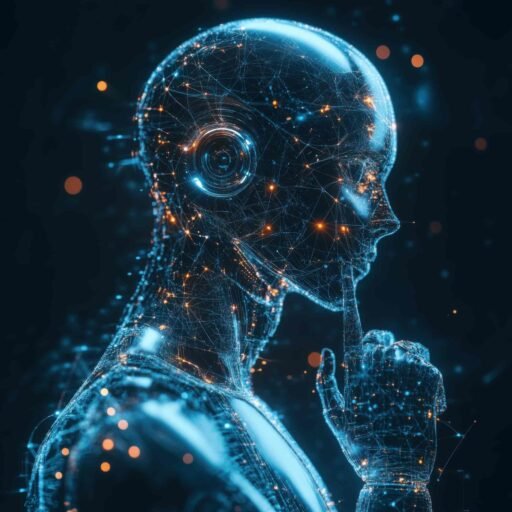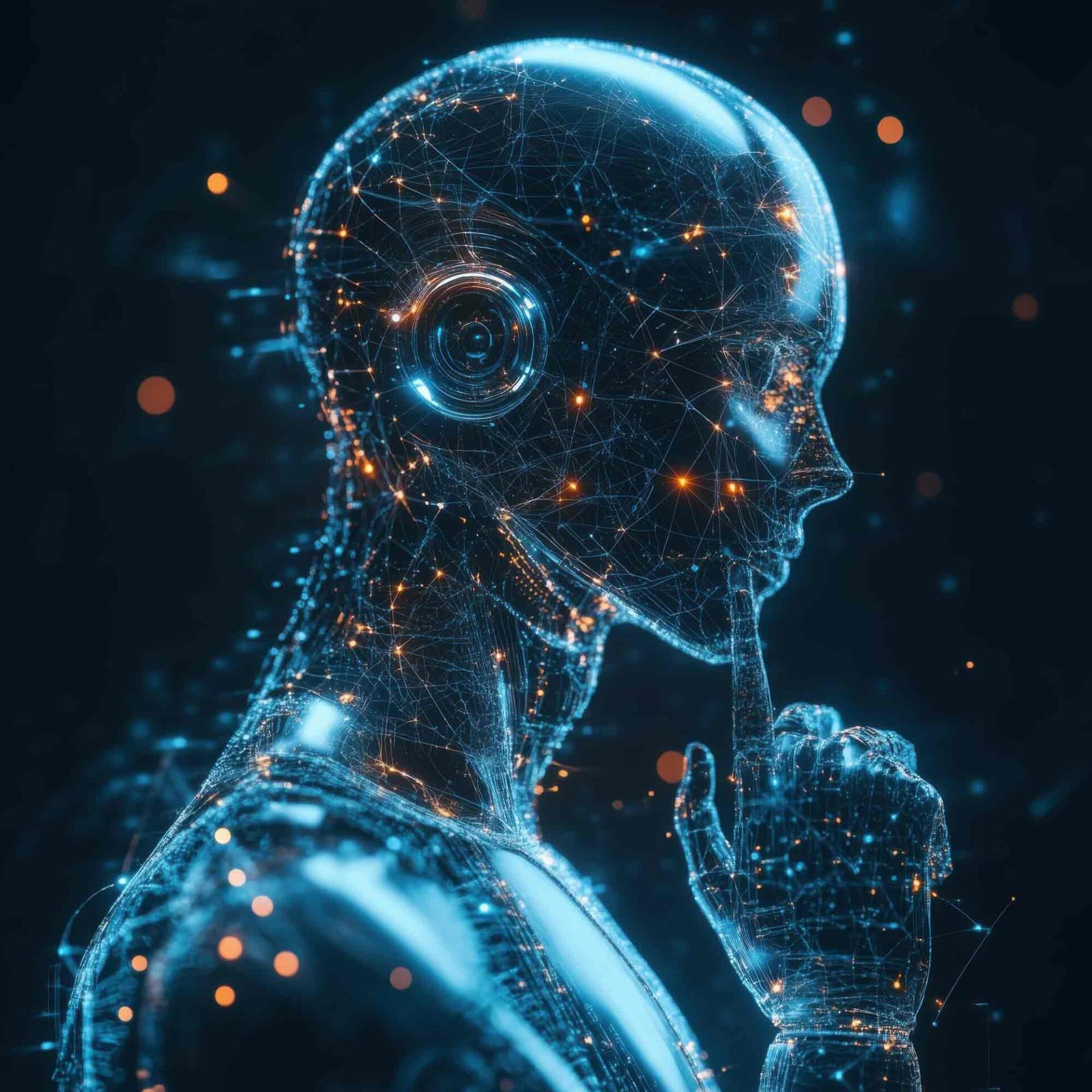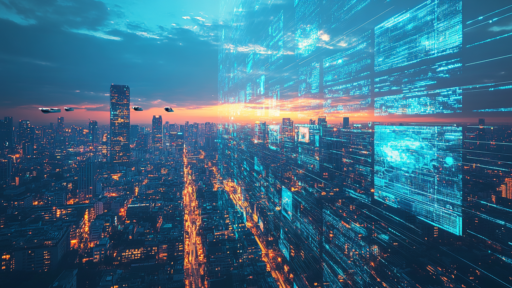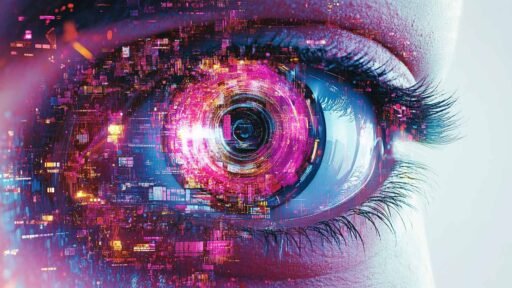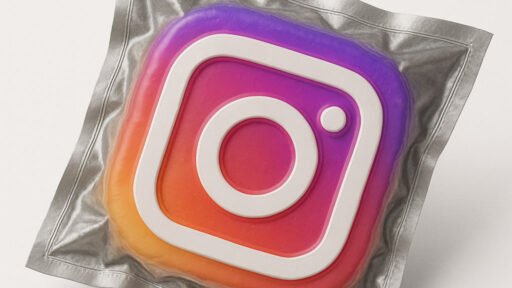Artificial Intelligence (AI) is not just transforming technology—it’s revolutionizing the world of art and design. By blending computational power with human creativity, AI opens up a realm of endless possibilities. Let’s explore how AI is reshaping art and design, and how you can leverage this technology for your creative projects.
AI’s Impact on Art and Design
1. Generative Art: Where Algorithms Meet Imagination
What It Is: AI algorithms create original artworks by learning from various art styles and applying them in innovative ways.
Example: Artists use Generative Adversarial Networks (GANs) to produce stunning visual pieces that blend different artistic styles, resulting in unique and captivating artworks.
2. Streamlined Design Processes: Efficiency Meets Creativity
What It Is: AI tools automate repetitive design tasks, allowing designers to focus more on the creative aspects of their work.
Example: Tools like Adobe Sensei handle photo editing tasks, freeing up designers to concentrate on crafting extraordinary visuals.
3. Personalized and Customized Designs: Tailored to Perfection
What It Is: AI analyzes user preferences to create personalized and customized design solutions, ensuring a unique experience for each user.
Example: E-commerce platforms leverage AI to provide personalized product recommendations, enhancing user satisfaction and engagement.
4. New Interaction Models: The Future is Here
What It Is: AI enables new forms of interaction with art and design through augmented reality (AR) and virtual reality (VR).
Example: AR apps allow users to visualize furniture in their homes before making a purchase, providing a more immersive shopping experience.
Practical Tips for Leveraging AI in Art and Design
1. Experiment with AI Art Tools
Tip: Try out AI art tools like DeepArt and Artbreeder to create unique artworks. These platforms let you explore different styles and generate original pieces effortlessly.
2. Integrate AI in Your Design Workflow
Tip: Use AI-powered design tools such as Canva and Sketch2Code to streamline your workflow. These tools can handle routine tasks, giving you more time to unleash your creativity.
3. Stay Ahead with AI Trends
Tip: Follow AI and design blogs, attend webinars, and participate in online communities to stay informed about the latest trends and advancements. Websites like AI-AP and Designboom are excellent resources.
4. Embrace Collaborative Creativity
Tip: Collaborate with AI tools and other creators to push the boundaries of your work. AI can provide new perspectives and insights, complementing human creativity beautifully.
5. Leverage AI-Generated Insights
Tip: Analyze data generated by AI tools to gain insights into user preferences and behavior. This can help you create more targeted and effective designs.
Conclusion
AI is more than a tool—it’s a creative partner that bridges the gap between imagination and reality. By embracing AI, artists and designers can enhance their workflows, create personalized experiences, and explore new forms of interaction. As technology evolves, the synergy between AI and human creativity will lead to groundbreaking innovations in art and design. Get ready to elevate your design process and bring your wildest ideas to life with the power of AI.


